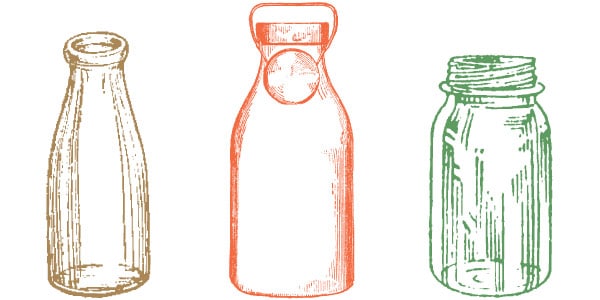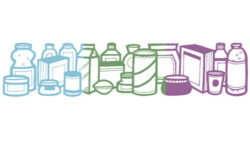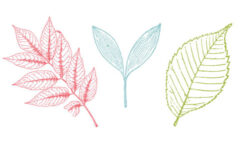Sitting on the shelf, your retail product needs a container. Often the product itself will determine which container type you need—pouch, jar, box, tin, bottle, bag, tube, etc. But within each packaging category there are a myriad of choices, both stock and custom. How do you choose? What style best suits your gourmet food brand? How can you make a stock container work to your advantage? Let’s take a look.
When to use a custom container.
- Can you afford it? Your budget will dictate whether a custom container is an option or not due to the higher price point and larger quantities required. A custom container might not always be the best choice however. You need to weigh the return on investment and decide whether you might be better off allocating those funds elsewhere to achieve more ROI if you can get as good results with a stock container. This is not a black-and-white decision as it requires analyzing many factors and making predictions.
- Ask around. If you have an in with store buyers, you could present them with several options and see which they would prefer to make a more educated guess. You can include both custom and stock options in your container design to see if they have a strong preference.
- Down the line. For brands starting out, you can always switch to a custom container once you get your brand on solid ground and have the funds. A brand is always evolving so nothing is permanent.
How to choose a stock container design.
- Blend in. When going with a stock container, it’s usually best to avoid anything that stands out too much. Keep in mind that the container you choose is available to anyone, including competitors. If another brand is using that same distinctive container, it’s immediately recognizable to the consumer as not proprietary and could even cause brand confusion if a consumer associated it first with your brand. Even if no one in your category is using that container now, it’s possible a competitor could start using the same one.
- Keep it simple. Go for sleek, streamlined edges which are less distinctive and more modern. Clean lines provide a blank canvas for the design to take center stage and integrate more seamlessly with the container shape.
- Do your research. Always see what competitors in your category are using for container shapes, and do something different.
How to make design work to your advantage.
- Unify. If using a custom container, the design should work strategically in conjunction with the custom shape so that the two enhance and support each other. The design and container should be stronger together than each individually.
- Transcend. If using a stock container, the design should not only transform but transcend the container. Make the focus not on the container itself but on the design.
- Shape it. If applying a label to the container, consider using a custom label shape. Especially if you’re using a stock container, this is a good opportunity to do something custom without the high costs of a custom container.
- Special effects. For any kind of printing, consider using special printing techniques to stand out even further such as foil stamp, emboss, etc.
Whatever decision you make in any of these areas, just be sure it’s appropriate for your brand, product, audience and message. Beware of getting caught up in doing something different for the sake of being different. Always keep what is in best alignment with your brand’s values and goals at the forefront of your decision-making.





